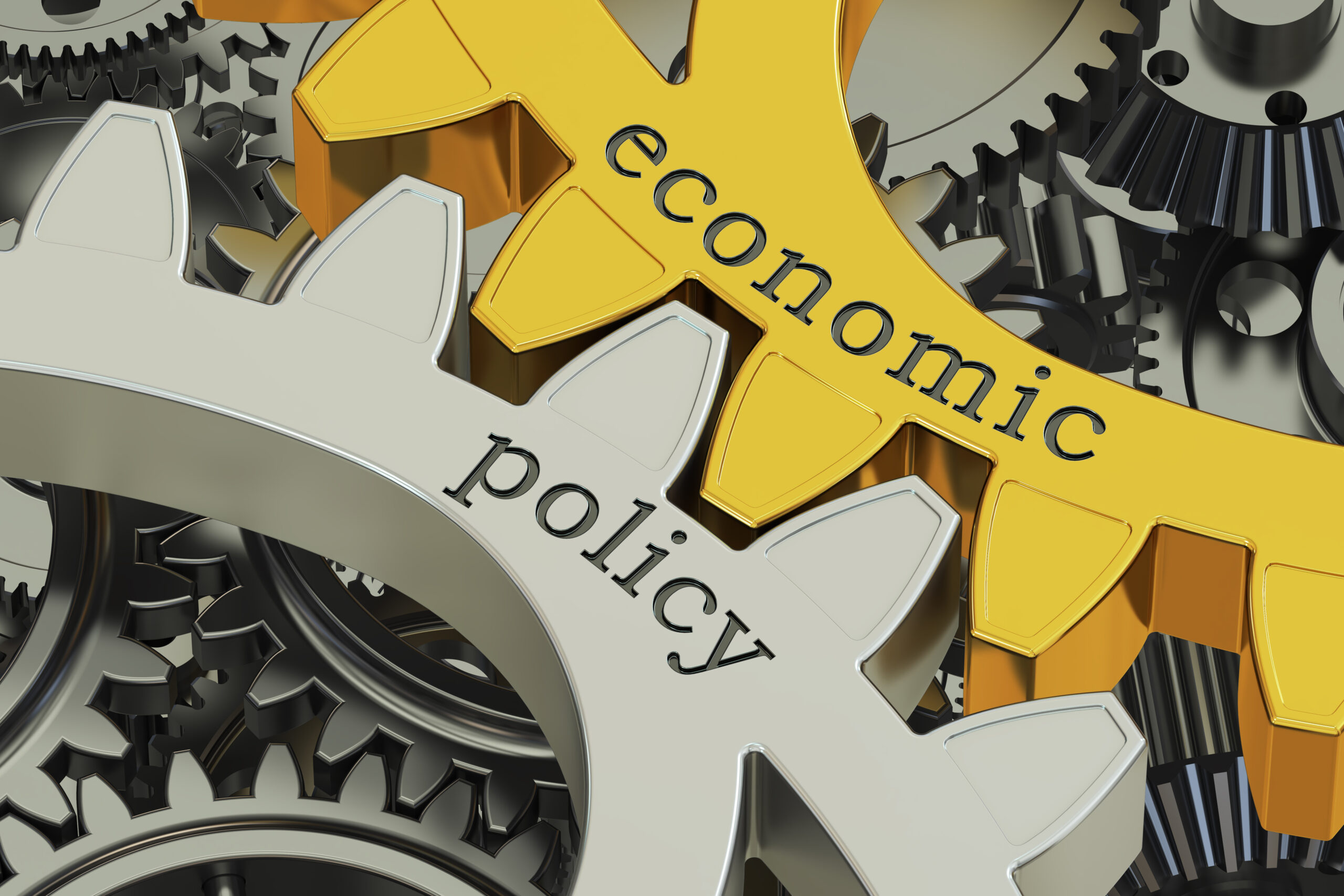ASTANA – The gross inflow of foreign direct investment (FDI) into Kazakhstan increased by 18%, reaching $28 billion in 2022. The mining sector made up almost half of all investments, reported Kazinform on April 3.

Photo credit: Shutterstock.
“The country works with a nationwide pool of 850 investment projects worth 30 trillion tenge (US$ 67.5 billion),” Kazakh First Vice Minister of National Economy Timur Zhaksylykov said at the CFO Summit Idea Exchange and Networking Event 2023 on March 2 in Almaty, emphasizing the favorable investment climate in Kazakhstan.
According to the Economic Research Institute (ERI), investments in fixed assets reached 15.1 trillion tenge (US$ 34 billion) in 2022, which is 1.8 trillion tenge (US$ 4 billion) more than in 2021. The mining sector became the top investment sector with 30% of the total volume.
On the contrary, the manufacturing industry showed a negative trend, reducing the inflow volume by 5.6% to 1.5 trillion tenge (US$ 3.37 billion).
Standard & Poor’s (S&P) international rating agency confirmed Kazakhstan’s sovereign credit rating at BBB-/A-3, improving its outlook from negative to stable, according to its March 3 rating, demonstrating that the country increased its investment attractiveness.
According to financial expert Rasul Rysmambetov, Kazakhstan is the most favorable country in the Commonwealth of Independent States (CIS) for investors amid a volatile global investment climate. According to the Eurasian Development Bank (EDB), by the middle of 2022, Kazakhstan attracted the most FDI among the CIS countries – $10.8 billion.
Rysmambetov underscores that the country tries to ensure an attractive investment climate. However, the emphasis should be on creating good conditions for local investors.
“I spoke with investors from Iran, South Korea, and Germany and invited them to invest in Kazakhstan. However, they wonder why local investors do not invest in the country. We will not be of interest to others as long as we are not appealing to local investors. If we focus on external investors, we will fulfill the plans of others rather than our own. This does not mean that we should just focus on domestic investors. However, domestic investors are also of extreme importance,” Rysmambetov said.
In his opinion, work to improve the investment climate for local investors can begin with protecting property rights and transparency of tax administration and legislation, including decisions of the court and local administrations. Establishing adequate contact between the government and the regions, as well as increasing the stability of the region, is crucial.
Kazakhstan is set to change the focus of its economic policy, said President Kassym-Jomart Tokayev in his address to the first session of the newly formed Parliament on March 29.
Kazakhstan’s existing economic model, he noted, heavily relies on investments, primarily, in its abundant resource sector.
“In general, the government faces the task of attracting significant investment in key sectors of the economy, including foreign investment. They should give a tangible boost to the development of medium-sized businesses. There can be no red tape in this matter,” said Tokayev.
In June 2022, Kazakhstan approved a new Investment Policy Concept until 2026. The document aims to increase the level of investment in fixed assets to 25.1% of gross domestic product (GDP) and increase FDI inflows to $25.5 billion by 2026.
The manufacturing industry will be key in increasing the country’s competitiveness. The government will focus on improving labor productivity, the volume and the complexity of exports, developing new production facilities for higher value-added products, and gradually localizing production.
According to Zhaksylykov, out of 62 interested foreign companies [that chose to leave Russia over the past year], 19 have localized their production in Kazakhstan.
International economist Aslan Azimzade said the new economic strategy, which Kazakhstan adopted last year, could become a turning point in the country’s economic development focusing on investments from both domestic and foreign sources.
According to experts, Kazakhstan is consistently attractive and demonstrates high investment potential. The inflow of FDI and investment in fixed assets showed a slight increase, despite the current challenging geopolitical conditions. However, growth rates have yet to return to pre-pandemic levels.
The article was originally published in Kazinform.


